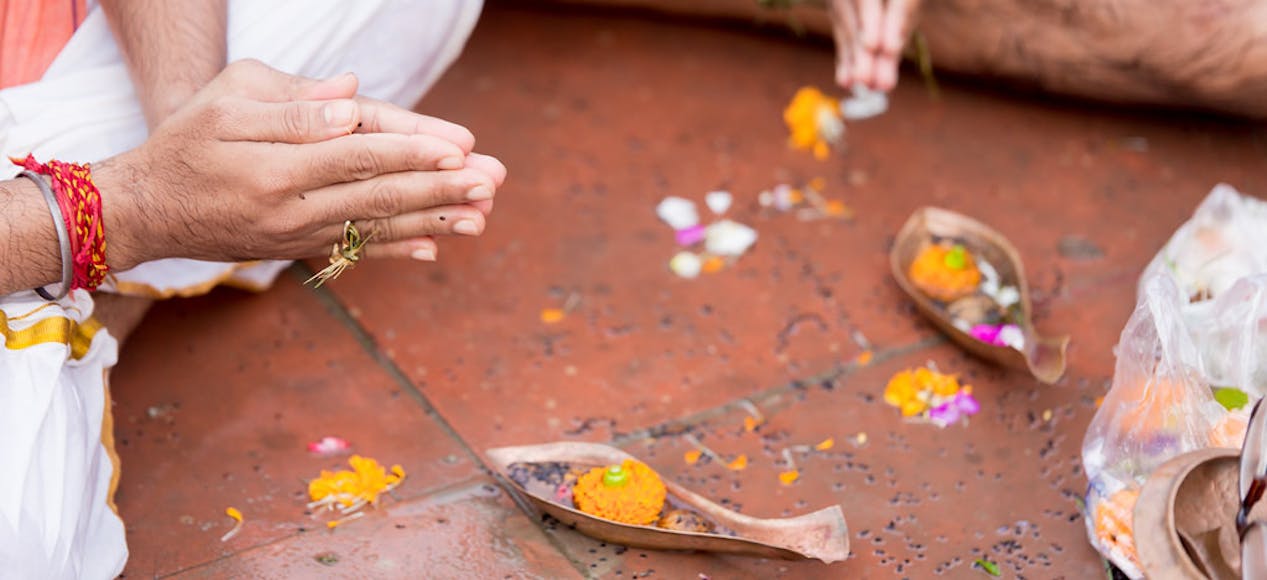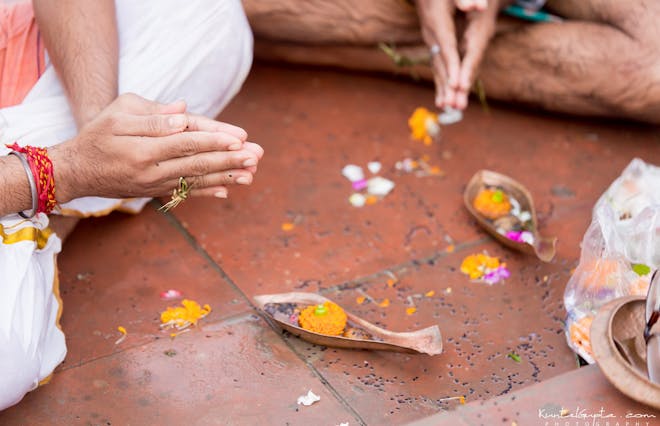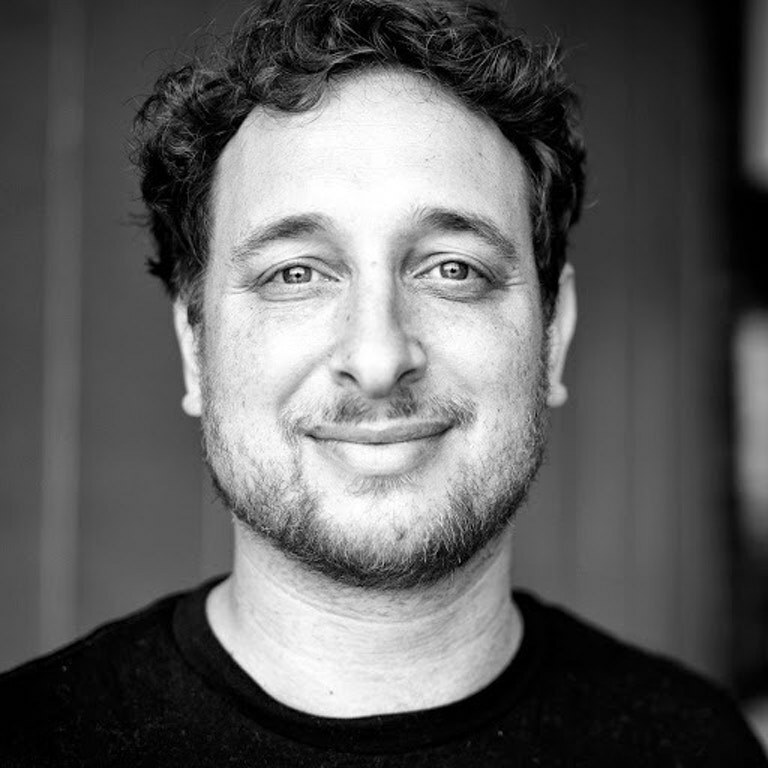3 Interesting End-Of-Life Festivals From Around the World



January 24, 2023
End-of-life festivals celebrating and recognizing death are present in all traditions. Across cultures and religions, humans create and observe pageantry to honor deceased ancestors. Some see death and dying as part of the life cycle. Some believe our ancestors are reborn in other forms. Others believe death is the end of a soul’s existence.
Learning about end-of-life festivals worldwide may confirm our beliefs or create space to form new ones. From ancient to modern practices, death festivals offer us valuable considerations about life. Let’s learn about three major end-of-life festivals celebrated late in the year. What values are present in all three?
Halloween
Day of the Dead or Día de Los Muertos
Pitru Paksha or Shraddha
Modern-Day Death Festivals
Secular End-Of-Life Options
Benefits of Attending a Death Festival
End-Of-Life Done Your Way
Halloween
Are you surprised that Halloween is a death festival? Halloween’s origins come from what is now Britain and continues to be widely celebrated in the Anglosphere or former British colonies. Today Halloween is a time for kids to dress up in costumes, carve pumpkins, and eat candy. Most popular in the United States, about 70% of US Americans, or 232 million people, celebrated in the country last year.
The holiday’s origins come from a Celtic festival called Samhain. Samhain signaled the beginning of winter and the dark time of the year. The Celts believed spirits from the other world came and destroyed vegetation with their breath, leaving the land empty all winter. People offered food and wine to the spirits and wore masks to blend in with the spirits.
Over time Samhain became All Saints’ Day or All Hallows. The night before was called Hallow’s Eve and later Halloween.
Day of the Dead or Día de Los Muertos
The roots of Day of the Dead or Día de los Muertos in Spanish can be traced back to the Aztec Empire in what is now Mexico. The Mexica people placed skulls on temples to honor the dead. Spain colonized the Aztec empire in the 16th century, and the Catholic Church moved many indigenous celebrations to match up with existing Catholic celebrations. All Saints’ Day is November 1, and All Souls’ Day is November 2. What we know today as Día de los Muertos is celebrated on the same dates.
Day of the Dead celebrates the spirits of dead ancestors returning to participate in the celebrations with the living. In this end-of-life festival, people build altars in their homes that include photos of the dead, food, drinks, and flowers. Families clean and decorate the graves, and many celebrations occur in cemeteries. Almost 91% of the Mexican population, or over 118 million people, celebrated in the country last year.
Related Article: The History and Meaning of Día de Los Muertos
Pitru Paksha or Shraddha
Pitru Paksha, also known as Shraddha, is a festival for Hindus to honor their ancestors. With nearly 1.2 billion Hindus worldwide, over 15% of the world population may observe this holiday.
Pitru Paksha takes place in the Indian lunar month of Asvina, which is usually around September. Food offerings are provided for the dead and include kheer (a type of sweet rice and milk), lapsi (a sweet porridge made of wheat), rice, dal (lentils), spring beans, and a yellow gourd. Abstinence, pure thoughts, and pilgrimages are observed during this time.
Modern-Day Death Festivals
All three ancient festivals include regular communion with ancestors. A yearly time to think about friends and family who have passed. When you pass on, do you imagine anybody that might want to symbolically remember you as well?
In modern times, some people combine various ancient and contemporary traditions. Harvard Divinity School researchers Casper ter Kuile and Angie Thomas coined religious unbundling. It refers to how people choose elements of religious and spiritual traditions to plan end-of-life ceremonies and rituals for themselves and loved ones.
One example of religious unbundling is the Reimagine End of Life Festival. Started in San Francisco, this week-long event with over 300 events has now expanded to New York. From city hospitals to bars, open mics, and comedy skits, all the events provide attendees with an avenue to explore death and loss. Called “the Outside Lands of Death” by the San Francisco Chronicle, workshops focus on planning end-of-life or death experiences with a purpose.
Secular End-Of-Life Options
In increasingly secular societies, religion no longer plays an omnipresent role in the end-of-life experience. 29% of US Americans anticipate having a secular funeral.
When considering writing obituaries and exploring themes of post-traumatic growth, some people turn to foreign cultures they admire rather than the religious background they were raised in. Many people planned a unique virtual memorial service during the COVID pandemic. Quality-of-death considerations have joined with technology.
Medical professionals and social workers are prompting even more people to consider detailed end-of-life health directives when dealing with end-of-life decision-making. Patients with terminal illnesses are advised to speak with family and friends about palliative care and personal values before the time becomes critical.
Benefits of Attending a Death Festival
While secular options are becoming more available, attending a death festival is a smart way to approach the subject. Whatever your belief, attending an end-of-life-themed festival forces us to consider death. Though still taboo, we are eventually forced to speak about the topic. Festivals give us a chance to ponder what our own end-of-life experience will be sooner rather than later.
A Yale study reports that attendees of intense, purposeful social gatherings (such as Burning Man) consider the experience transformative. They report feeling more connected with humanity and more willing to help strangers.
Coming together with friends, family, and strangers to discuss and celebrate death and end-of-life care has many benefits. An impact report of people who attend such festivals and events concludes that they helped to break down taboos around death. Many attendees identified a surrogate to help carry out their end-of-life wishes and quality-of-death considerations.
Additionally, festival attendees were inspired to take positive actions such as filling out an end-of-life health directive, talking to their doctor or spiritual leader about their wishes, and engaging with friends and family in conversations about end-of-life wishes. These conversations connect you to the people that make up your community.
End-Of-Life Done Your Way
Combining past and modern practices, meaningful religious traditions, and your own personality (like your favorite music) are just some of the many ways you can design your end-of-life ceremony. Attend an upcoming end-of-life-themed event to educate yourself about different resources, traditions, and rituals available to you now and in the future.

